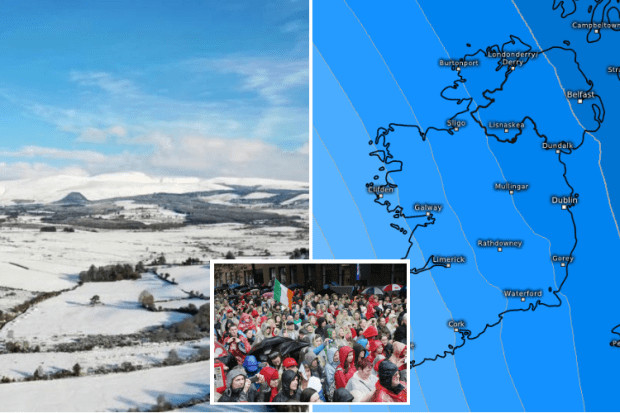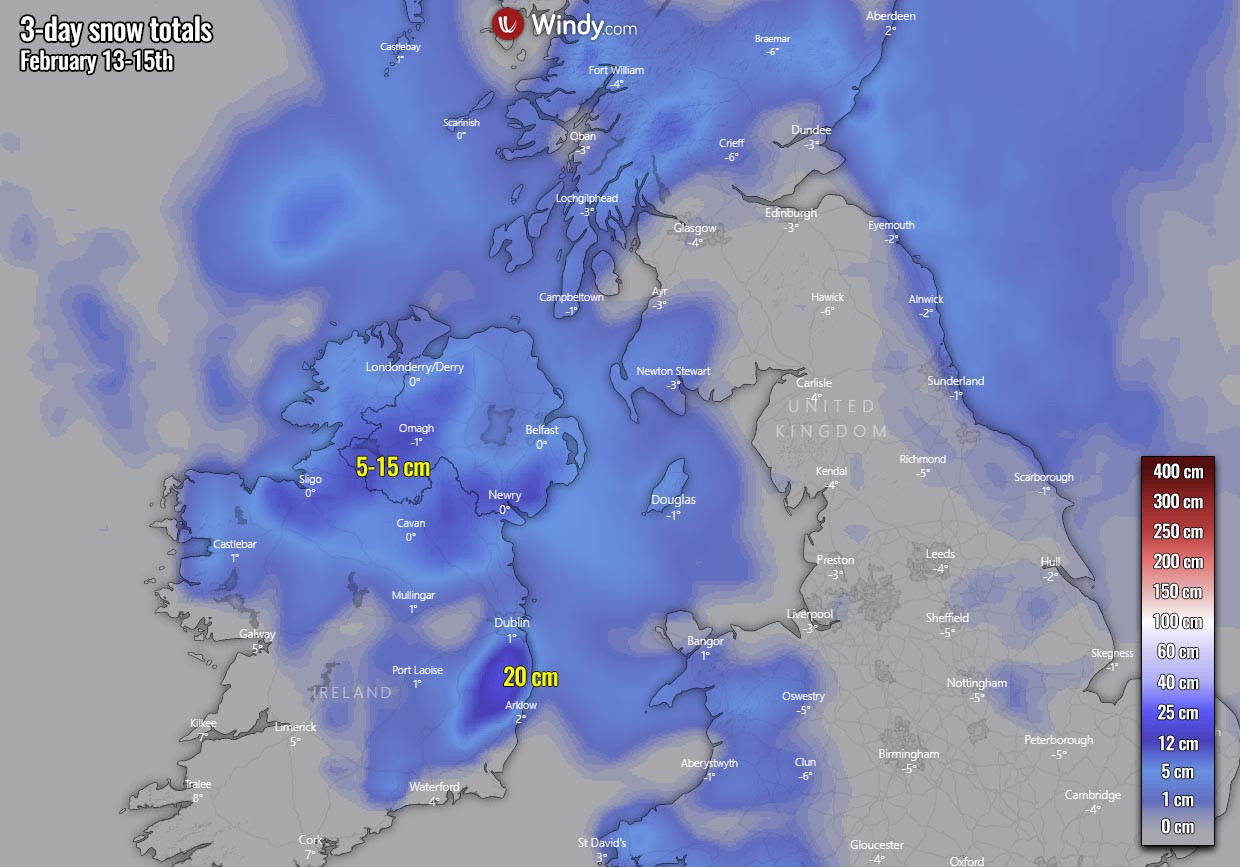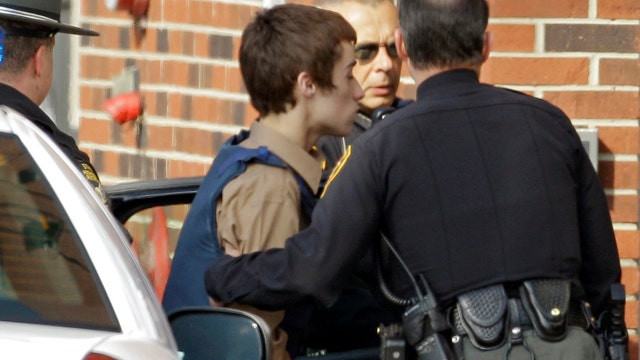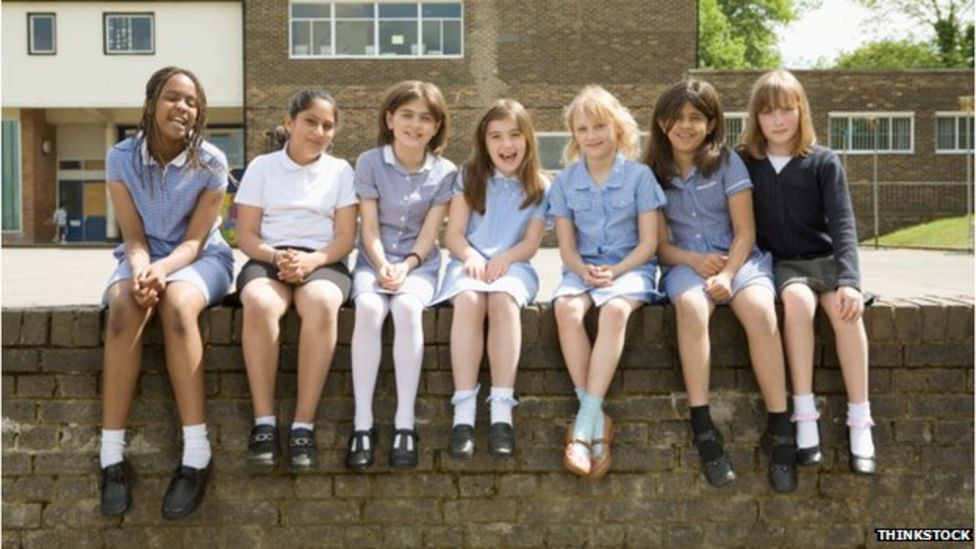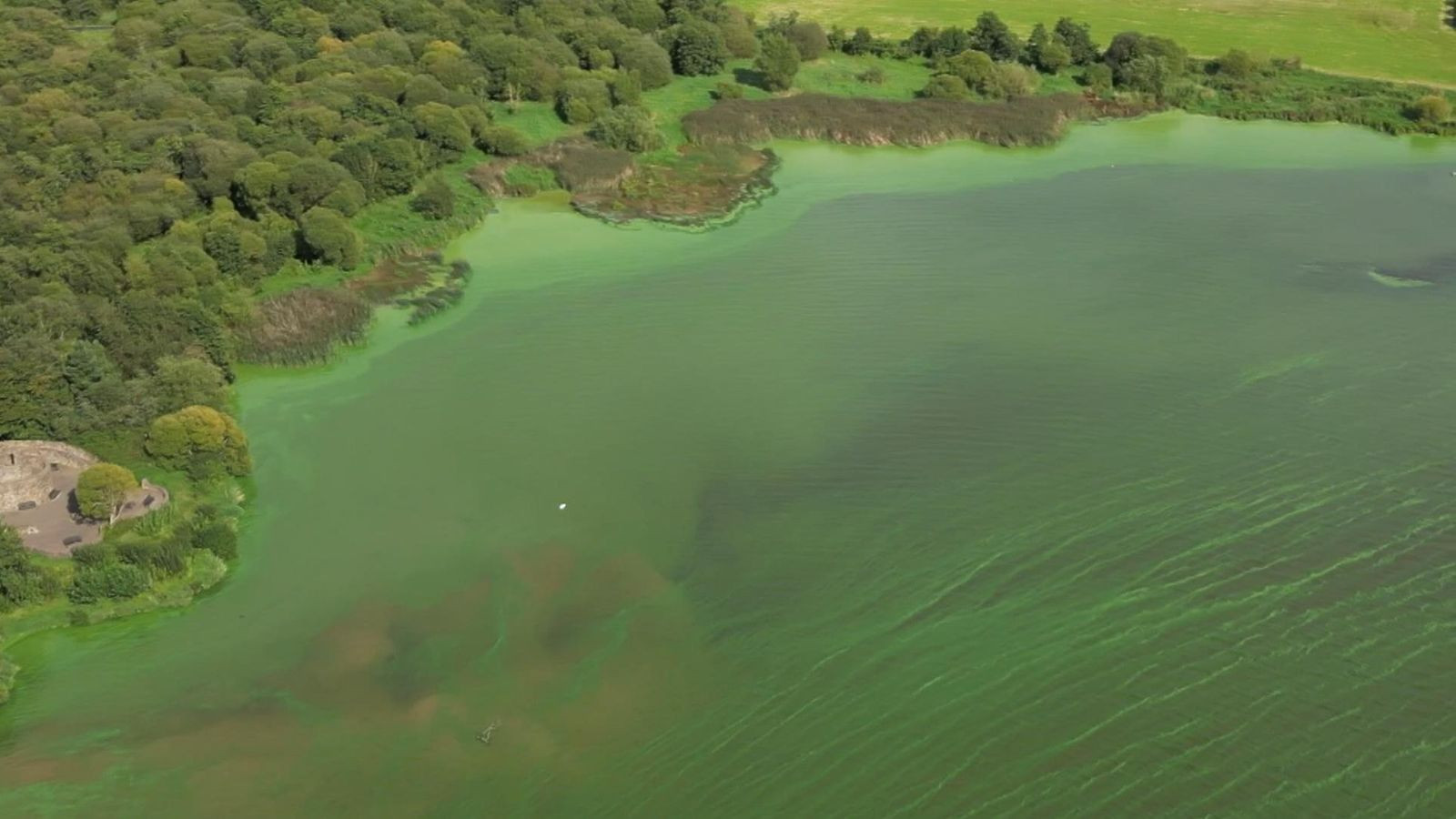Ireland's Deep Freeze: A Nation Shivers, Then Thaws – Unprecedented Cold Snap Ends, But Will It Return?
Ireland is emerging from a week-long deep freeze that plunged the country into icy chaos. Tens of thousands were left without power and water as temperatures plummeted to as low as -6.6 degrees Celsius in Mount Dillon, Co Roscommon, with other areas recording sub-zero temperatures, including -6.3C in Ballyhaise, Co Cavan, and -6.3C in Dunsany/Grange, Co Meath. The bitterly cold Arctic airmass, responsible for several days of disruption, is finally starting to retreat, with milder conditions predicted for the weekend.
Ireland Weather Warnings Lifted After Days of Disruption
Met Éireann, the Republic of Ireland's weather agency, issued a series of orange and yellow-level warnings for low temperatures, snow, and ice. These warnings, impacting much of the country, prompted significant disruptions. Public transport faced cancellations, schools were forced to close, and healthcare services were curtailed due to the treacherous conditions. The last remaining yellow-level warning expired at midday on Friday.
The snow and freezing temperatures led to widespread power outages, impacting tens of thousands of homes, and disruptions to water services. However, the ESB and Uisce Éireann, responsible for electricity and water, respectively, have announced that the vast majority of customers have since had their services restored.
Impact on Daily Life
The extreme cold impacted daily life significantly. Postal deliveries in areas like Co Kilkenny and Boherbue in north-west Cork were severely affected, with An Post reporting significant challenges due to snow and ice accumulation. Cork County Council urged road users to exercise extreme caution, warning of treacherous driving conditions resulting from melting snow and ice. They deployed additional resources to clear roads, prioritizing isolated communities and access to schools.
Milder Weather on the Horizon
While Friday remained very cold, with temperatures only just above freezing overnight, a weather front moving north-eastwards brought a gradual increase in temperatures. Met Éireann's Head of Forecasting, Eoin Sherlock, confirmed that the prolonged cold spell is ending, stating, “This prolonged spell of cold, impactful weather is coming to its end this weekend.” He cautioned, however, that dangerous conditions would persist on Friday due to widespread frost and ice.
The forecast shows a marked improvement, with temperatures expected to rise significantly over the weekend. Saturday will see temperatures ranging from 4-8 degrees, and Sunday will bring even milder conditions with highs of 8-11 degrees as a milder airmass replaces the Arctic air.
Shopping Habits During the Cold Snap
The cold snap also significantly altered shopping habits. SuperValu reported a surge in demand for essential items, with sales of milk, butter, and eggs increasing by 147%, particularly in counties under orange warnings. Sales of “chill products” soared by 384%, reflecting the increased need for warmth and comfort. Fuel sales also spiked, with fire logs and starters up 61% and briquettes up 80.4%, highlighting the challenges faced by many without adequate heating during the power outages. The demand for essential supplies was met with an additional 100,000 loaves of bread sold by SuperValu stores nationwide over the weekend.
Looking Ahead: A Potential Return of Winter?
While the immediate future looks brighter, long-range weather models suggest that winter may not be over. There's a possibility of another significant cold spell hitting before the end of the month, potentially as early as January 24th. Met Éireann's extended-range forecast acknowledges this uncertainty, noting the possibility of frost and fog in the latter half of January. This highlights the volatility of Irish weather patterns and the unpredictable nature of winter in the country.
Road Safety Advice
The Road Safety Authority (RSA) has issued advice to road users, urging vigilance as the thaw begins. They warn of lingering snow and ice in sheltered areas, advising drivers to slow down and expect the unexpected. The potential for localized flooding, reduced visibility, and sun glare also presents risks. Pedestrians and cyclists are reminded of the dangers of melting snow and ice falling from buildings and trees. The RSA also advises drivers to take extra care due to potential sun glare especially during morning and afternoon commutes.
Despite the welcome arrival of milder weather, the RSA warns that driving conditions may still be hazardous as the snow and ice begin to melt. They remind drivers to adjust their driving behaviors to accommodate any remaining icy patches on roads.
A Kerry community's struggle
The impact of the cold snap was particularly severe in some areas. One TikTok user, Abi Collins, shared her family's experience in North Kerry, where they were left without electricity, heating, or running water for several days, highlighting the challenges faced by those in isolated rural communities. Her video, garnering over 300,000 views, underscored the severity of the situation and the limited support received. Her family finally received supplies from the civil defence, but the video served to raise awareness of their plight and many other similar ones.
The experience of Abi and her family in Kerry serves as a stark reminder of the unequal impact of severe weather, particularly on those in isolated or vulnerable circumstances. Even with the thaw underway, recovery and restoration of services remain ongoing in several areas affected by the worst of the snow and extreme weather. The extreme conditions of the cold snap have exposed the vulnerability of some communities to the harsh effects of extreme weather. The impact on these communities must serve as a reminder of the need for better preparedness and support for those at greater risk.
The coming days will see a gradual return to normalcy, with temperatures expected to rise to double digits by early next week. While Ireland breathes a sigh of relief as the immediate crisis passes, the experience serves as a potent reminder of the power of nature and the importance of preparedness for future weather events. However, these milder temperatures are expected to be short-lived; with early indications pointing towards a return of the cold before the end of January. It remains to be seen if the forecast for a future cold snap comes to fruition.




